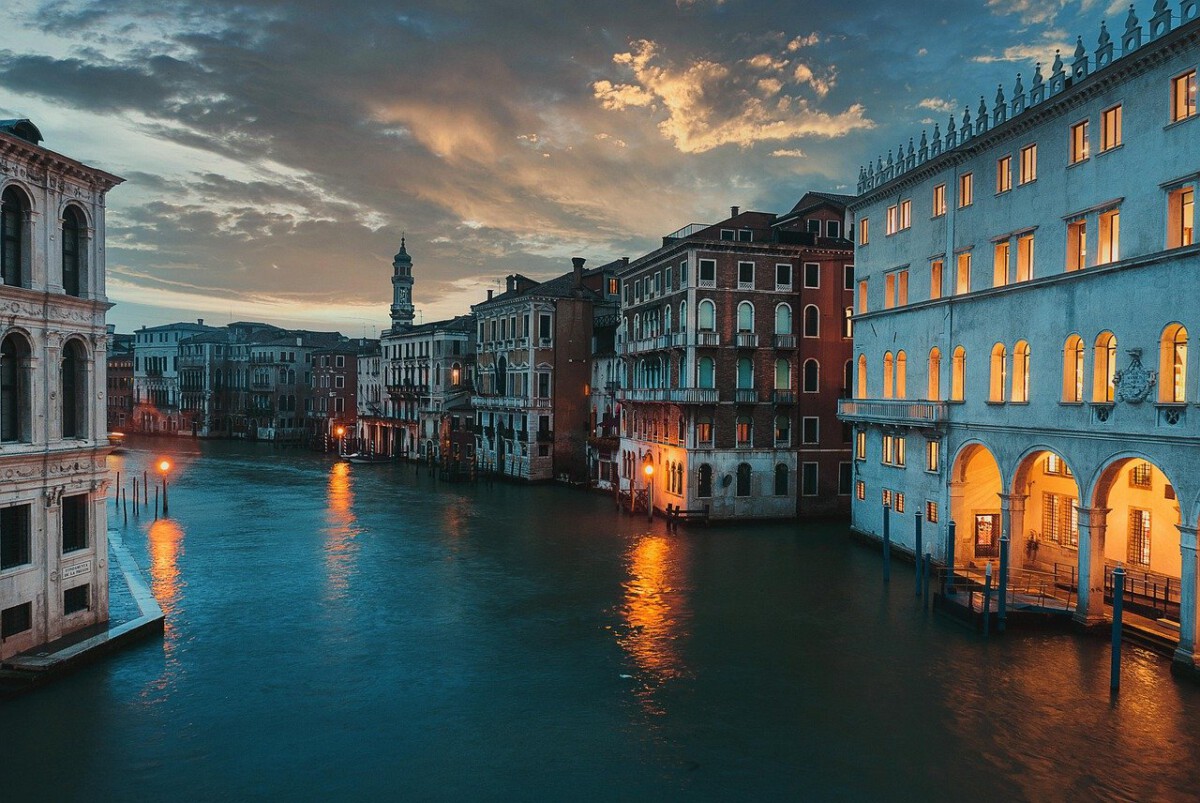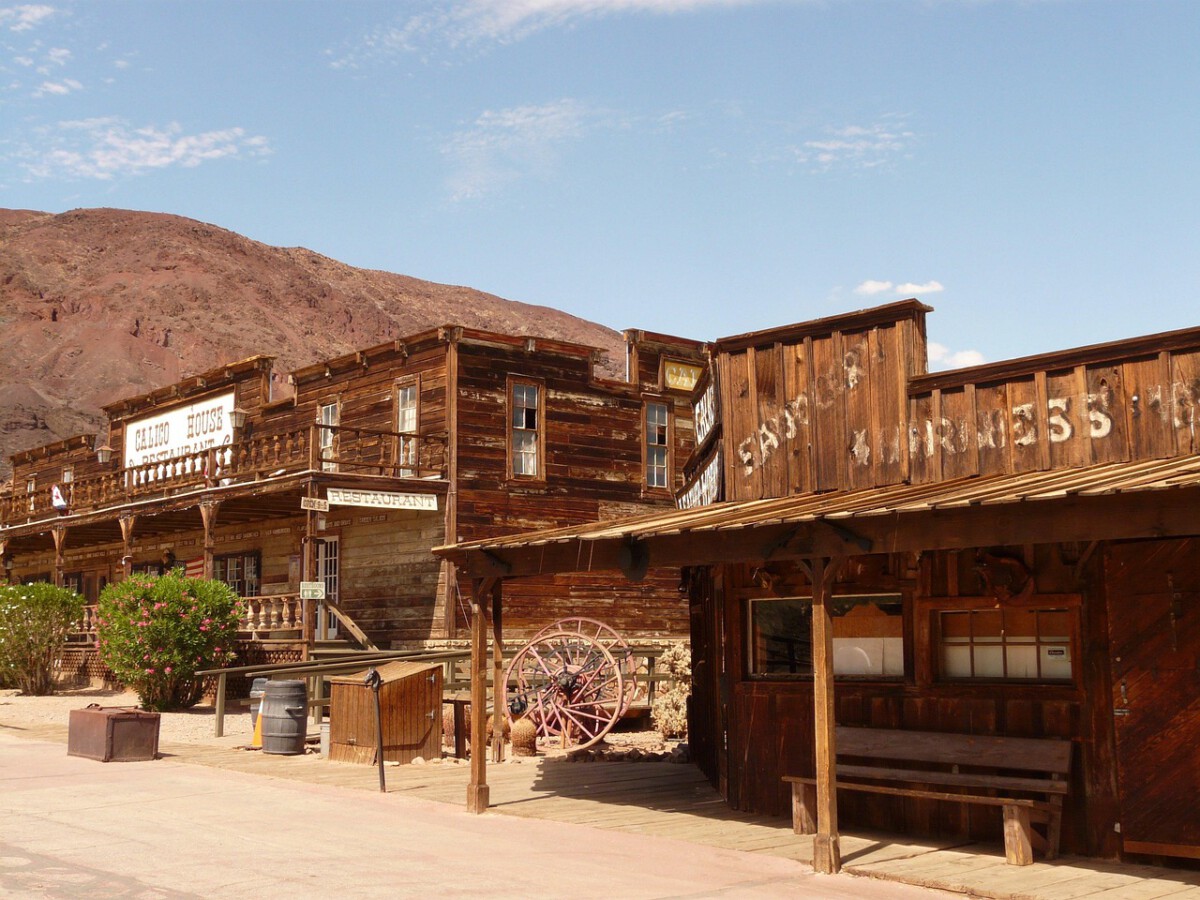Overwhelming Tourist Numbers

Venice faced an extraordinary surge of visitors in 2023, with official data placing arrivals at over 30 million for the year. This influx shattered previous records and pushed the narrow alleys, bridges, and piazzas far beyond their intended capacity. On peak days, more than 100,000 tourists crowded into the historic center, compared to the city’s 260,000 permanent residents. The municipality documented that during major holidays and summer weekends, the ratio of tourists to locals soared as high as 13 to 1. Such dense crowds create logistical nightmares: public transport is strained, waste management systems are overwhelmed, and emergency services report slower response times. The city’s mayor, Luigi Brugnaro, has publicly stated that Venice is “at a breaking point,” warning that unchecked tourism could make life unsustainable for locals. The data reflects a city under siege by its own global popularity.
Environmental Concerns

The environmental repercussions of mass tourism are hitting Venice especially hard. Research released by the University of Venice in January 2024 found a 25% increase in canal water pollution since 2019, with most pollutants traced to tourist vessels and disposable waste. The fragile ecosystem of the Venetian Lagoon, already vulnerable to rising sea levels, is being further destabilized by boat traffic and the sheer volume of human activity. The city’s environmental protection agency reported a 17% uptick in canal sediment disturbance, which accelerates erosion of the city’s ancient foundations. Local conservationists have flagged the growing presence of microplastics and the adverse effects on aquatic life, including a drop in native fish populations. Alarming photos of trash-choked canals have circulated in Italian media, fueling public outrage. These environmental stressors are cited as a primary reason for the push toward stricter tourist controls.
Cultural Heritage at Risk

Venice’s architectural and artistic treasures are suffering under the pressures of relentless tourism. The Italian Ministry of Culture’s 2024 assessment revealed that 40% of Venice’s UNESCO-listed sites now require urgent repair due to surface erosion, crowd-induced vibrations, and humidity from mass breathing. The Basilica di San Marco’s marble floors have shown accelerated wear, prompting temporary closures for emergency maintenance at least three times in the past year. The Gallerie dell’Accademia reported that visitor numbers in 2023 led to a 12% rise in microclimate fluctuations, endangering priceless paintings by Titian and Bellini. Preservationists warn that the constant foot traffic is degrading delicate mosaics and centuries-old masonry. Efforts to install protective walkways and limit access have met resistance from tour operators, highlighting the growing tension between conservation and commerce. City officials are now mandating scheduled visits and guided tours to control the flow and impact of tourists at sensitive sites.
Local Resident Discontent

Venetians have grown increasingly vocal about the negative effects of tourism on daily life. In a January 2024 survey by the Venice Residents Association, 70% of participants said tourism had made living in the city more difficult, citing rising rents, overcrowded streets, and the disappearance of traditional shops. The exodus of locals is stark: Venice’s resident population has dropped by 10% over the past decade, with many moving to the mainland for better affordability and tranquility. Noise pollution from tourist groups and water taxis has become a top complaint, especially at night. Local grocers, butchers, and artisans have closed at a record pace, replaced by souvenir stores and fast-food outlets catering to short-term visitors. Some residents have staged protests and symbolic “funerals” for the city, mourning its loss of community spirit. This widespread discontent is fueling public pressure for urgent reforms.
Regulatory Measures Under Consideration

Venice’s government is rolling out a series of tough new policies to manage the tourist influx. Starting in the spring of 2025, authorities will require day-trippers to reserve entry via an online booking system, with each visitor assigned a time slot to prevent bottlenecks. The city council has also approved a variable “access fee” of up to 10 euros per person on peak days, aiming to fund restoration projects and infrastructure upgrades. Surveillance cameras and electronic counters are being installed at key entry points to monitor compliance. Officials are piloting digital wristbands for tourists to track movement and discourage loitering in sensitive zones. These measures follow a partial ban on organized tour groups exceeding 25 people, as well as new restrictions on rolling suitcases to reduce noise and pavement damage. The city’s tourism commissioner, Simone Venturini, described these steps as “necessary to protect Venice’s soul and future.”
The Role of Cruise Ships

Cruise tourism has long been a contentious issue in Venice, with mega-ships dwarfing historic landmarks and disgorging thousands of passengers in a matter of hours. In August 2024, Venice enforced a total ban on vessels weighing more than 25,000 tons from entering the Giudecca Canal and docking near St. Mark’s Square. The city redirected cruise traffic to Marghera, a mainland industrial port, reducing the number of ships anchoring near the historic core by 80% in just six months. Environmental studies cited by city officials show that cruise ban has cut harmful emissions in the center by 35%. However, some port businesses and tour guides have protested lost revenue, while environmentalists say the new docking locations still pose risks to the lagoon. Venice is now exploring incentives for smaller, hybrid-powered vessels and is negotiating with cruise lines to stagger arrivals more evenly throughout the year.
Sustainable Tourism Initiatives

Venice is investing in sustainable tourism to mitigate the industry’s impact and encourage responsible travel. In 2024, the city expanded its “Enjoy Respect Venice” campaign, partnering with hotels and tour operators to promote eco-friendly activities such as walking tours, electric boat rentals, and local food experiences. The Venice Tourism Board reported a 30% increase in bookings for certified green accommodations and guided “slow tours” that avoid crowded hotspots. Educational signage, available in six languages, now greets visitors at major entry points, outlining rules about littering, noise, and respectful behavior. Local businesses are being incentivized to adopt sustainable practices, with tax breaks for reducing single-use plastics and sourcing goods locally. The municipality has also launched a pilot project to recycle tourist-generated waste into building materials for restoration works. These efforts are beginning to shift visitor behavior, as reflected in a 2024 survey showing 42% of tourists now prioritize sustainability when planning their trip.
The Impact of Digital Nomadism

Venice has witnessed a surge in digital nomads—remote workers drawn by the city’s beauty and culture—but this trend is straining local resources. A 2024 study by the Venice Economic Institute found that the number of long-term stays (over 30 days) increased by 18% compared to 2022, driven largely by international remote workers. This population, while less transient than typical tourists, places sustained demand on housing, internet infrastructure, and co-working facilities. Rental prices for apartments in the historic center rose by 15% in the past year, pricing many locals out of the market. Some traditional residential neighborhoods have seen as much as 30% of available properties converted into short-term rentals or co-living spaces. While digital nomads contribute to the local economy, community leaders are calling for regulations to protect affordable housing stock and prevent the “hollowing out” of the city’s social fabric.
Community Engagement and Involvement

Venice’s city government has made community engagement a cornerstone of its new tourism strategy. In late 2024, city officials launched a series of public forums and online consultations, encouraging residents to share ideas and concerns about tourism management. These meetings have resulted in concrete policy proposals, such as limiting the number of licenses for new hotels and restricting commercial activity in certain districts. The municipality has established a “Venice for Venetians” working group, composed of local stakeholders, preservationists, and business owners, tasked with drafting guidelines for ethical tourism. Efforts are also underway to revive traditional festivals and crafts, ensuring local culture remains visible and vibrant. The city’s participatory budgeting scheme has allocated funds for resident-led projects to improve public spaces and support independent shops. This groundswell of civic involvement is shaping how Venice balances its dual identity as a global destination and a living city.
Future Outlook for Venice’s Tourism

Venice’s approach to tourism is entering a pivotal phase as new regulations and community-led initiatives take hold. The city’s tourism office projects a decline of 15% in day-tripper numbers for 2025, assuming the reservation system and access fee are fully enforced. Early data from a 2024 pilot program in the Dorsoduro district showed a 22% reduction in congestion and a 17% improvement in local business sales outside peak hours. The city is carefully monitoring these trends to refine its strategy and avoid unintended consequences, such as pushing tourism into less-prepared neighborhoods. Stakeholders from across sectors—government, business, conservation, and the local community—are negotiating a new social contract to preserve Venice’s character without sacrificing economic vitality. The world is watching closely, as the city’s experiment could inform how other iconic destinations handle the pressures of mass tourism in the years ahead.







